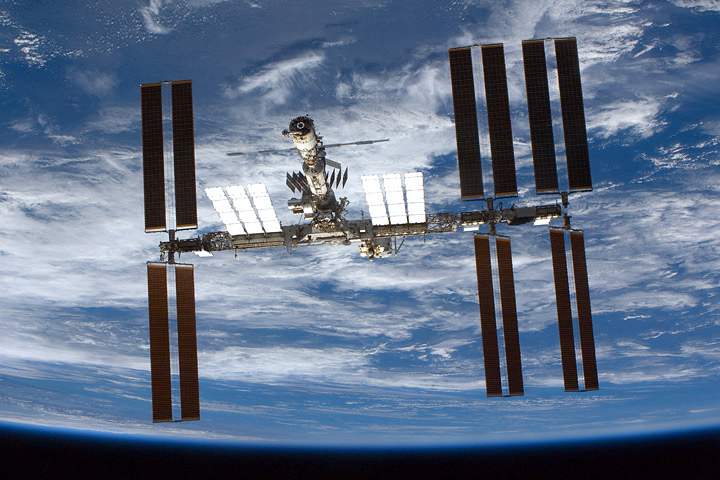Satellites at different earth orbits present various perspectives for many reasons. Usually there are three kinds of orbits in essence, which are high Earth orbit, medium Earth orbit and low Earth orbit.
High Earth Orbit
It is also called geosynchronous because the satellite seems motionless to the earth at the same turing speed as the earth. These satellites are located exactly 42,164 kilometers from the center of the Earth(about 36,000 kilometers from Earth’s surface), where the orbit matches with the rotation of earth.
When a satellite reaches exactly 42,164 kilometers from the center of the Earth (about 36,000 kilometers from Earth’s surface), it enters a sort of “sweet spot” in which its orbit matches Earth’s rotation. Because the satellite orbits at the same speed that the Earth is turning, the satellite seems to stay in place over a single longitude, though it may drift north to south. This special, high Earth orbit is called geosynchronous. Generally, weather and communications satellites tend to have a high Earth orbit, farthest away from the surface.
Medium Earth orbit
Compared to High Earth Orbit, Medium Earth orbit is closer to the Earth, and the satellites in this orbit moves more quickly. There are two notable medium Earth orbits: one is the semi-synchronous orbit and the other is Molniya orbit. The semi-synchronous orbit is a near-circular orbit (low eccentricity) 26,560 kilometers from the center of the Earth, which is consistent,highly predictabl and used by the Global Positioning System (GPS) satellites; The Molniya orbit is invented by Russians for observing high latitudes, which is useful for communications in the far north or south. The satellites in this orbit are usually for navigation,monitor a particular region etc.
Low Earth orbit
Most scientific satellites,weather satellites are in a nearly circular, low Earth orbit, including NASA’s Earth Observing System fleet.The satellite’s inclination depends on what the satellite was launched to monitor.
Reference: Catalog of Earth Satellite Orbits (http://earthobservatory.nasa.gov/Features/OrbitsCatalog/)








